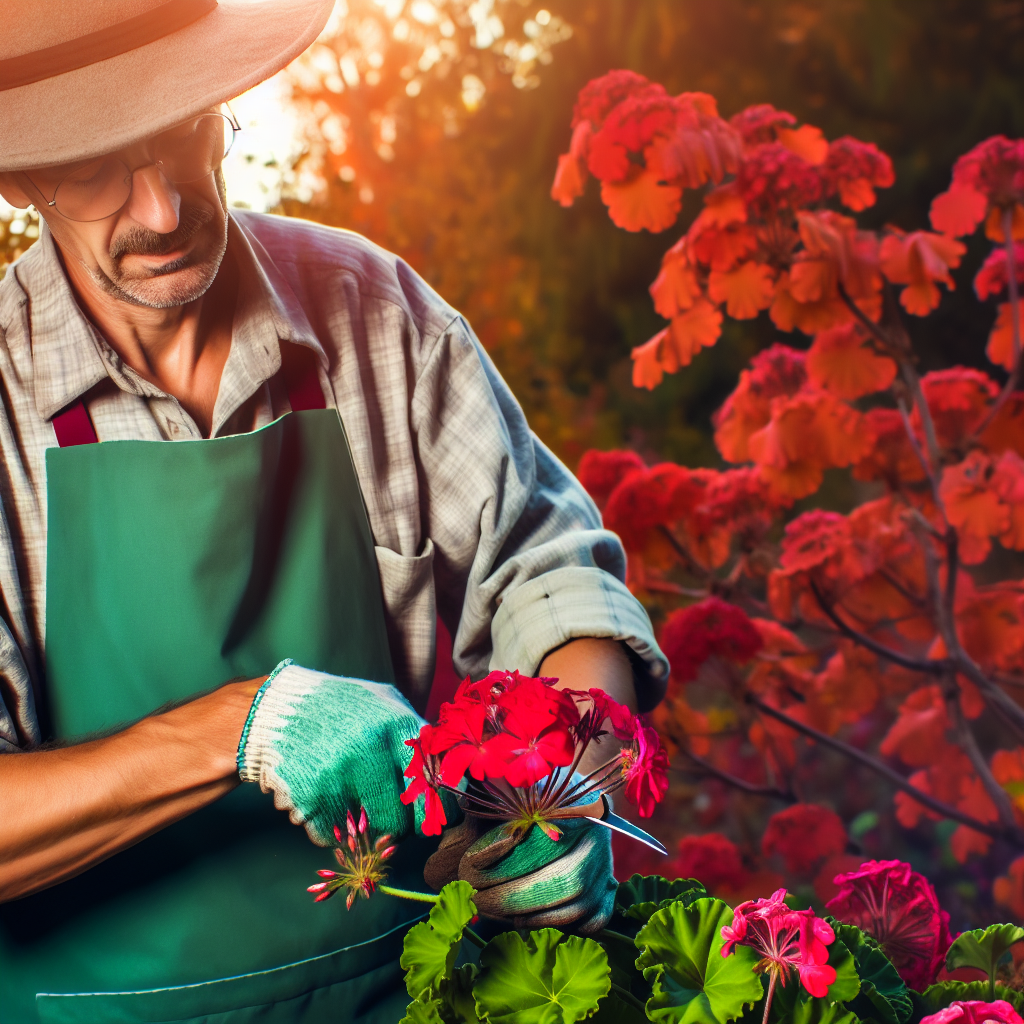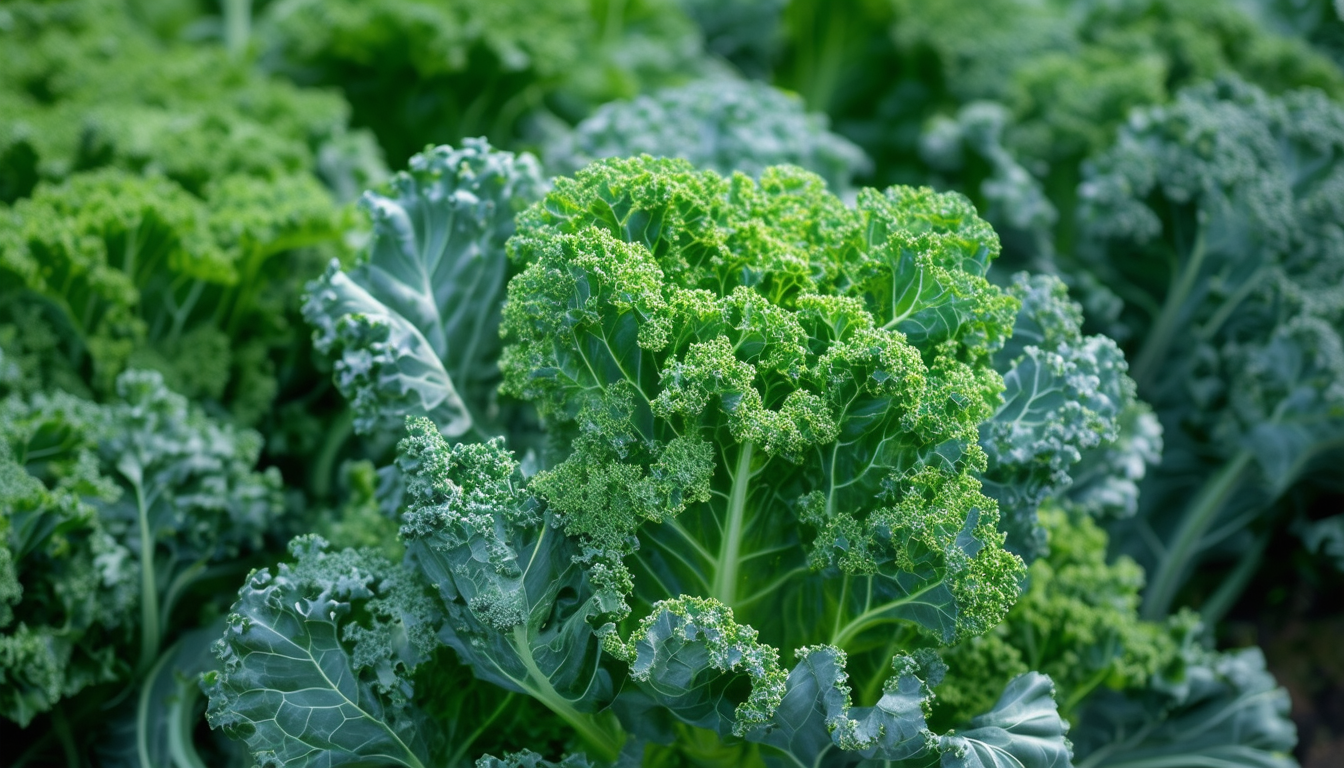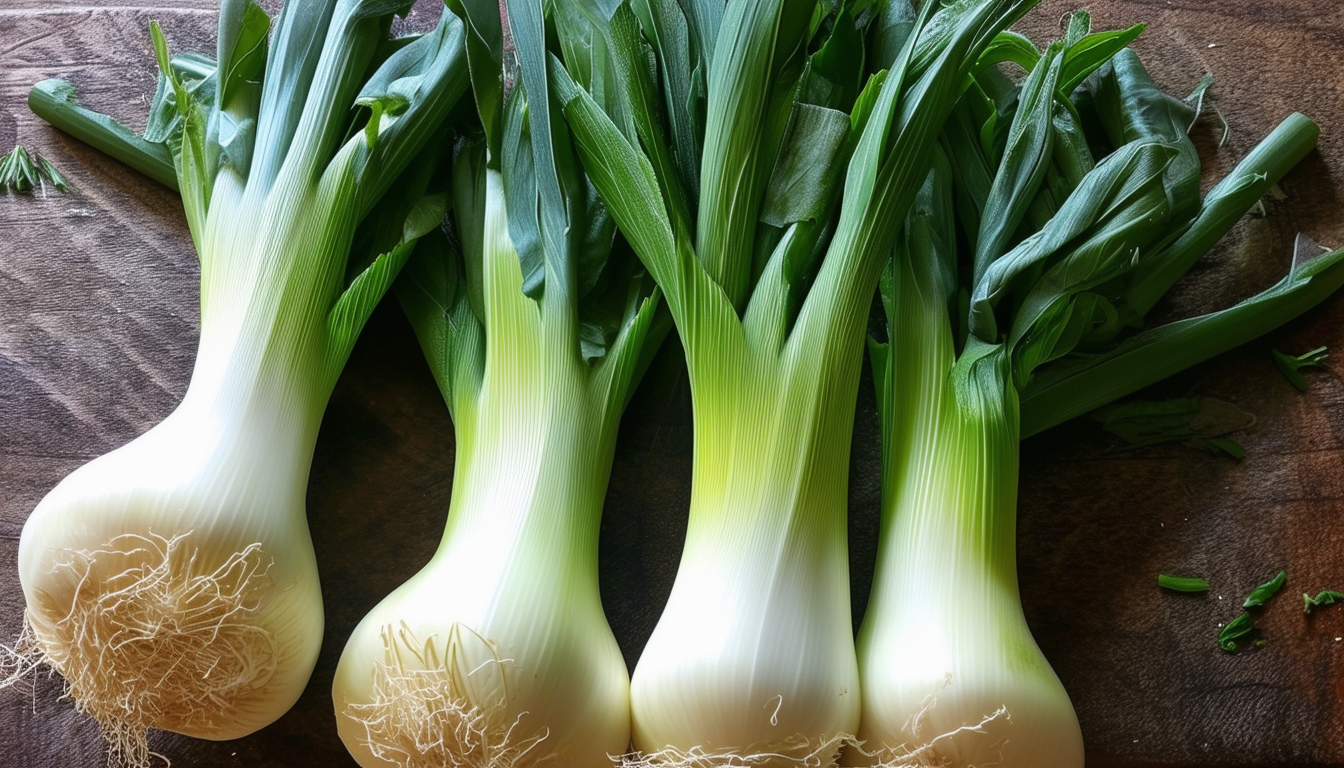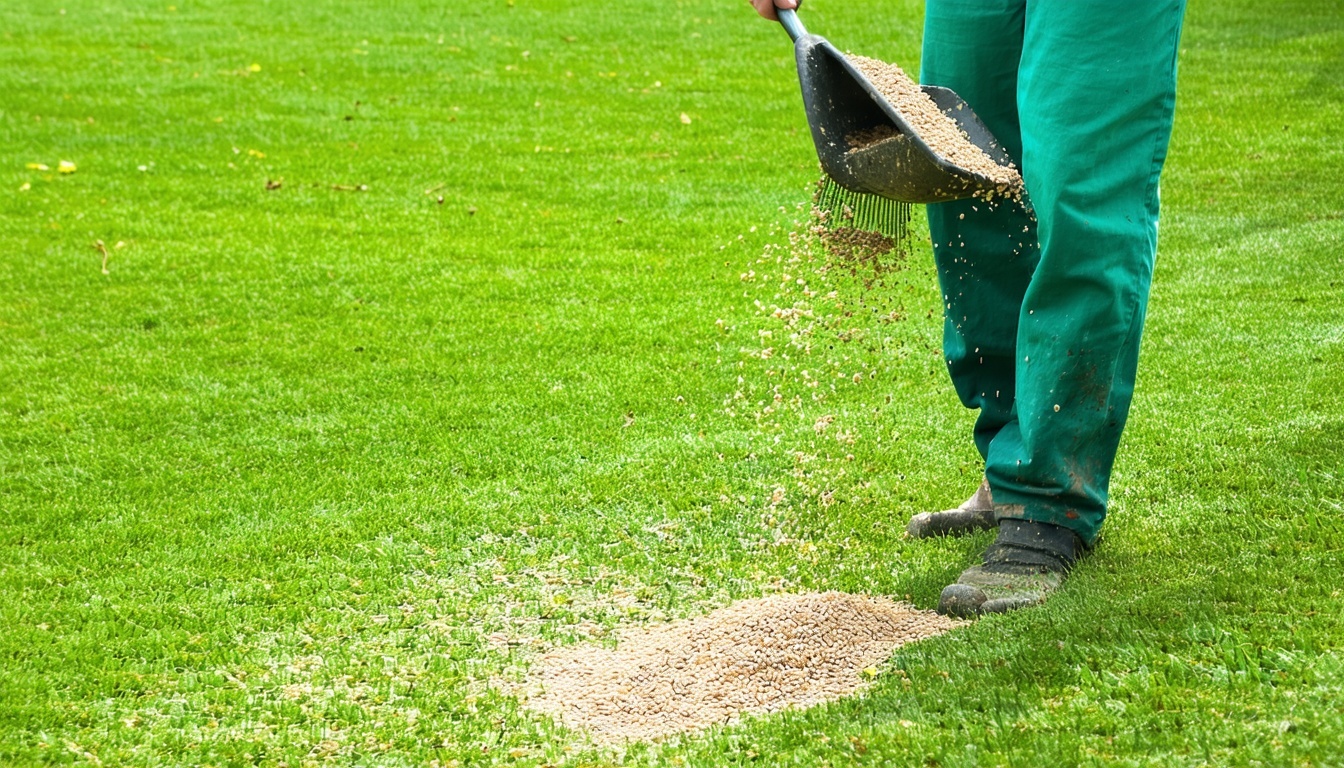
Transform your garden this autumn by mastering the art of geranium pruning with our comprehensive guide.
Understanding the Importance of Pruning Geraniums
Pruning geraniums is essential for maintaining their health and ensuring vibrant blooms for the following season. By removing spent flowers and dead or damaged leaves, you allow the plant to focus its energy on producing new, healthy growth.
Regular pruning also helps to prevent disease and pest infestations by promoting better air circulation and reducing the chances of fungal infections. Ultimately, pruning keeps your geraniums looking neat and encourages a fuller, more robust plant.
Essential Tools for Pruning Your Geranium
Having the right tools on hand is crucial for effective pruning. For geraniums, you will need a pair of sharp, clean pruning shears or scissors. Sharp tools make cleaner cuts, which heal faster and reduce the risk of disease.
Additionally, consider having a pair of gloves to protect your hands and a small bucket or bag for collecting the pruned material. Disinfecting your tools before and after use with a solution of bleach and water can help prevent the spread of disease.
Step-by-Step Pruning Techniques for Healthy Growth
1. Begin by inspecting your geranium for any dead, yellowing, or damaged leaves and stems. Use your pruning shears to remove these parts, cutting as close to the base as possible.
2. Next, remove any spent flowers by cutting the stem just above the first set of healthy leaves. This encourages the plant to produce new blooms.
3. Trim back any overly long or leggy stems to promote bushier growth. Make your cuts just above a leaf node, which is where new growth will emerge.
4. Finally, shape the plant as desired by removing excess growth and ensuring an even, balanced appearance.
Common Mistakes to Avoid When Pruning Geraniums
One common mistake is over-pruning, which can stress the plant and inhibit growth. Always aim to remove no more than one-third of the plant at a time.
Another mistake is using dull or dirty tools, which can cause jagged cuts and increase the risk of disease. Ensure your tools are sharp and clean before you start pruning.
Avoid pruning during extreme weather conditions, such as very hot or cold days, as this can further stress the plant. Aim to prune on a mild, dry day for the best results.
Post-Pruning Care for Lush and Vibrant Geraniums
After pruning, give your geraniums a thorough watering to help them recover and encourage new growth. Applying a balanced, slow-release fertilizer can also provide essential nutrients for the plant's development.
Keep an eye on your geraniums for any signs of stress or disease, such as wilting or discoloration, and address these issues promptly. Regularly check for pests and treat infestations as soon as they are noticed.
With proper care and attention, your pruned geraniums will thrive and reward you with lush foliage and vibrant blooms throughout the growing season.



